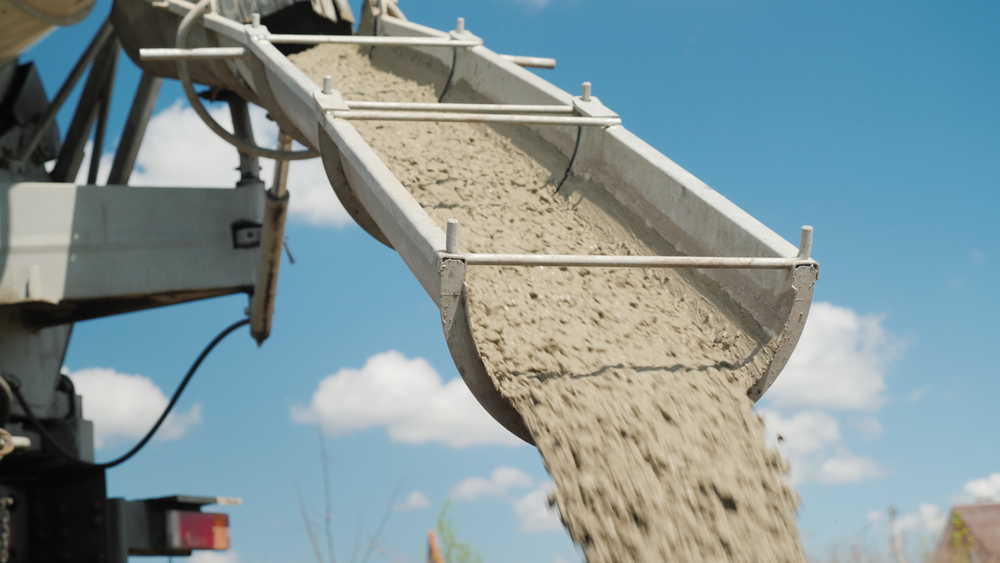In Australia’s fast-paced construction industry, every cubic metre of concrete matters. At Maitland Ready Mixed Concrete, we understand that efficient scheduling and precision delivery are not only about meeting deadlines but also about reducing waste, saving money, and supporting sustainable building practices. From large-scale commercial projects to residential developments, ensuring concrete arrives at the right time and in the right quantities can significantly improve project efficiency and environmental outcomes.
Concrete waste is more than just leftover material; it represents lost time, effort, and energy. By combining modern logistics, accurate forecasting, and smart on-site practices, contractors can minimise waste, streamline operations, and contribute to more sustainable construction. Here’s how these strategies work together.

Modern technology has transformed the way ready mixed concrete is delivered. Today, suppliers can respond in real time to project needs and on-site conditions, making deliveries more precise and reducing waste.
GPS-enabled tracking systems allow concrete trucks to be monitored from the plant to the construction site. This provides:
For projects in urban areas like Sydney, Newcastle, or Brisbane, navigating traffic and site access restrictions is a daily challenge. Real-time tracking ensures concrete arrives exactly when it’s needed, preventing spoilage and reducing waste.
No two construction sites are identical, and concrete requirements can fluctuate throughout the day. Precision delivery systems enable suppliers to:
By tailoring deliveries to real-time site conditions, contractors can save money, materials, and time, without compromising on quality.
Even with smart deliveries, concrete can be wasted if on-site processes aren’t carefully managed. Contractors play a crucial role in ensuring efficiency and sustainability.
Strong communication between contractor and supplier is key:
When contractors and suppliers work in sync, projects run more smoothly, costs drop, and waste is minimised.
Despite careful planning, some leftover concrete is inevitable. Reducing its impact requires proactive strategies:
These practices not only save money but also support regulatory compliance and demonstrate a commitment to sustainable building practices.

Forecasting is critical in reducing concrete waste. By planning deliveries around project timelines, weather conditions, and crew availability, contractors can ensure concrete is used efficiently.
Concrete arrives at the site when and where it’s needed, aligned with work phases:
Australian contractors working on multi-story or multi-site projects benefit greatly from precise scheduling, especially when using time-sensitive mixes such as high-strength or quick-set concrete.
Concrete work is highly sensitive to external factors. Contractors can reduce waste by:
Accounting for these variables ensures high-quality results and maximises sustainable material use.
Reducing concrete waste isn’t just a financial win, it has tangible environmental benefits.
Concrete production contributes significantly to greenhouse gas emissions. Minimising waste:
Even small reductions in waste can make a meaningful impact when scaled across multiple projects.
Smart concrete management also helps contractors meet regulatory and market expectations:
By embedding waste reduction into everyday operations, construction teams save resources while demonstrating responsible building practices.
Reducing concrete waste benefits more than just your budget; it improves efficiency, supports sustainability, and keeps projects on track. By embracing smart scheduling, precision delivery, and proactive on-site management, contractors can make every cubic metre count.
At Maitland Ready Mixed Concrete, we’re committed to helping Australian builders achieve these results with reliable deliveries, tailored batch sizes, and expert guidance.
Take the next step towards smarter, greener construction; contact us today to see how our ready mixed concrete solutions can reduce waste on your site and keep your projects running smoothly.
Call our friendly and highly experienced team today to get your concrete, sand, aggregate, and landscaping products.